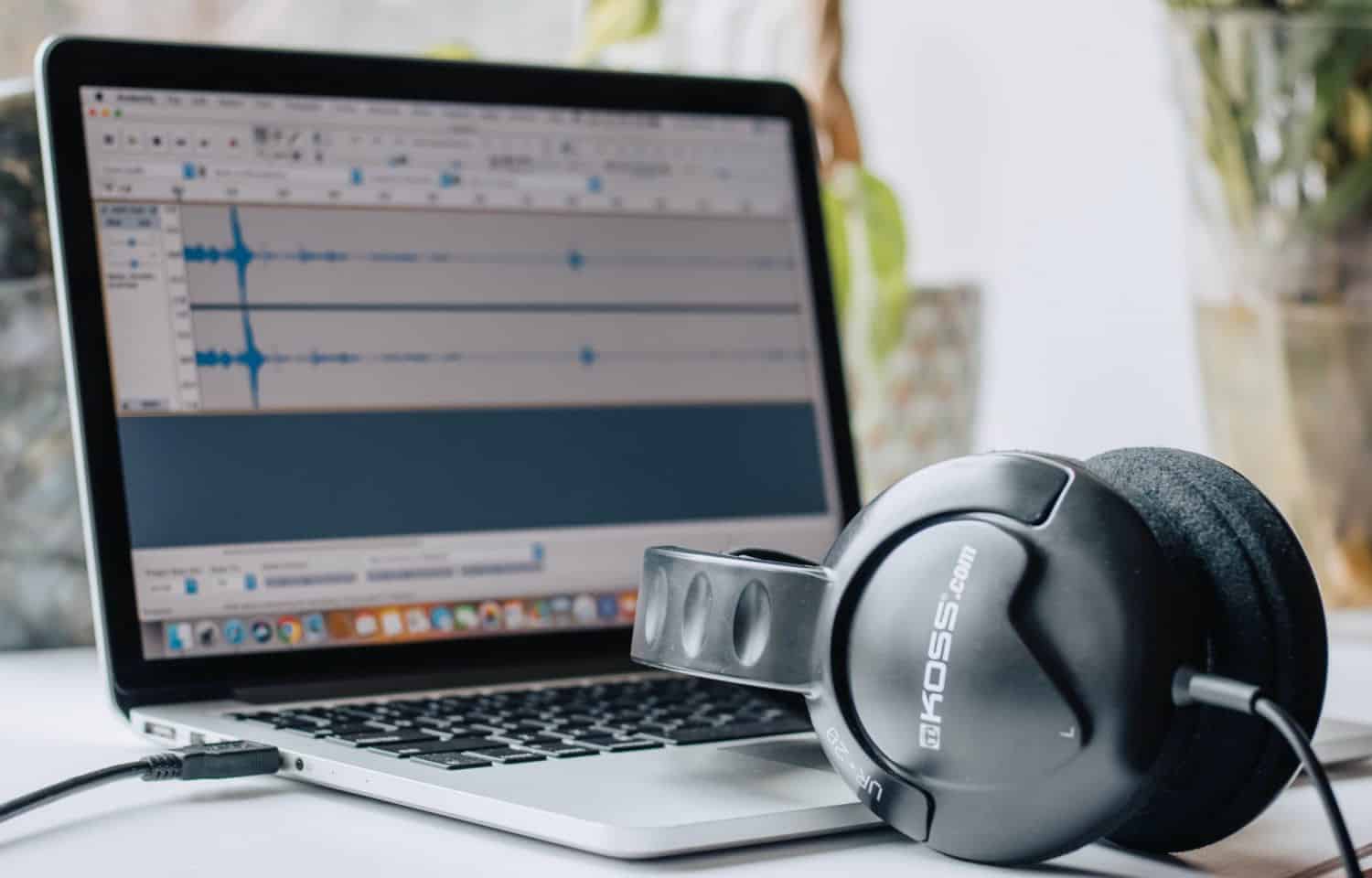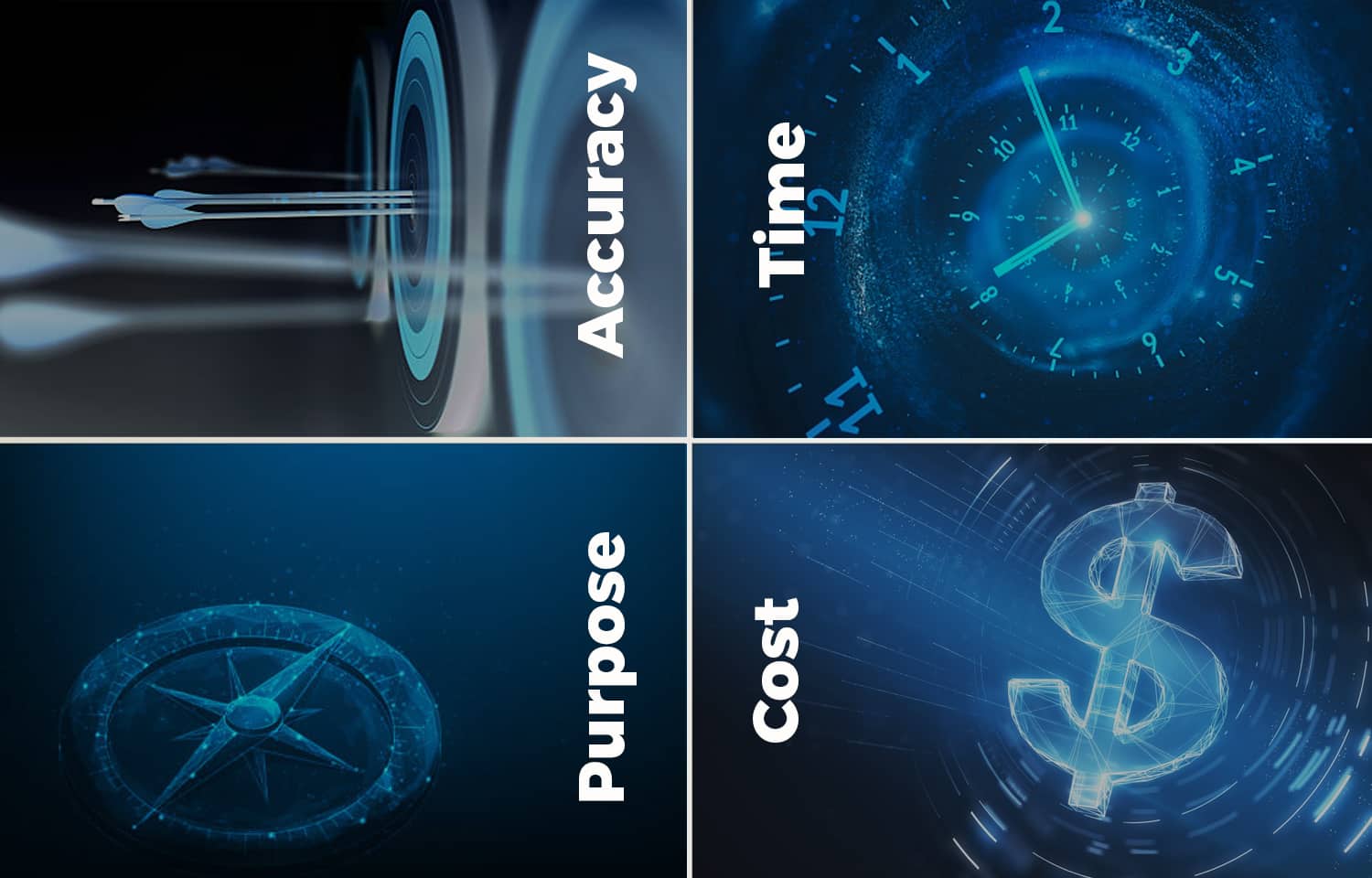Types of Transcription: Choosing the Right One for Your Needs

Imagine you are attending an online conference or an important meeting where you want to take down every detail of the conversation.
You scribble furiously, trying to keep up with the speaker, but you know you’re missing some crucial information.
Wouldn’t it be great if you had a tool that could accurately transcribe the conversation for you?
Well, luckily, such a tool exists!
Transcription services are the perfect solution for anyone who wants to keep an accurate record of their conversations, interviews, meetings, or lectures.
But with so many transcription services available, how do you know which one to choose?
Each type of transcription has its own unique features and is suited for specific purposes.
Verbatim transcription, clean transcription, and edited transcription are the most common types of transcription available.
In this article, we’ll take a detailed look at each type of transcription, helping you choose the one that’s best suited for your needs. So whether you’re a lawyer, a business owner, a student, or a marketing professional, read on to discover the right type of transcription for you.
What is Transcription?

Transcription is the process of converting audio or video recordings into written text.
It is an essential tool for businesses, academic institutions, and individuals who want to keep a record of their conversations, meetings, lectures, interviews, and other audio or video content.
Transcription services have evolved over the years, and now there are different types of transcription available, each suited for specific requirements.
Types of Transcription

1. Verbatim Transcription
Verbatim transcription is the most comprehensive type of transcription available. It involves transcribing everything that is said in an audio or video recording, including pauses, stutters, and filler words such as “um,” “ah,” and “like.”
Verbatim transcription is useful for legal, medical, and academic transcription, where every word is critical, and the context is essential.
It is also suitable for qualitative research, where the researcher needs to analyze the speaker’s tone, emphasis, and non-verbal cues.
2. Clean Transcription
Clean transcription is a type of transcription that involves removing filler words, false starts, and non-essential content from the audio or video recording.
The result is a polished transcript that reads like a natural conversation, without any awkward pauses or repetitions.
Clean transcription is useful for business and corporate transcription, where the focus is on the main points of the conversation or meeting, rather than the small details.
It is also suitable for podcast and video production, where the transcription is used as a script or captioning.
3. Edited Transcription
Edited transcription is a type of transcription that involves correcting grammar, syntax, and other errors in the audio or video recording.
It is the most refined type of transcription and is suitable for content that requires high-quality writing.
Edited transcription is useful for marketing and advertising transcription, where the text needs to be polished and persuasive.
It is also suitable for academic transcription, where the transcription needs to be clear and concise.
4 Factors to Consider When Choosing a Transcription Type

1. Accuracy
The accuracy of the transcription is one of the critical factors to consider when choosing a transcription type.
- Verbatim transcription is the most accurate type of transcription, as it includes every word spoken in the audio or video recording.
- Clean transcription is less accurate, as it involves removing non-essential content from the transcript.
- Edited transcription is the least accurate, as it involves correcting errors in the audio or video recording.
However, the level of accuracy required depends on the purpose of the transcription.
For legal and medical transcription, accuracy is paramount, while for podcast and video production, accuracy can be compromised for readability.
2. Time
Time is another critical factor to consider when choosing a transcription type.
- Verbatim transcription takes the longest time, as it involves transcribing everything that is said in the audio or video recording.
- Clean transcription is faster, as it involves removing non-essential content from the transcript.
- Edited transcription is the fastest, as it involves correcting errors in the audio or video recording.
The time required for transcription depends on the length of the recording and the level of detail required in the transcript.
For example, a 1-hour recording will take approximately 5 hours to transcribe verbatim, 3 hours to transcribe clean, and 2 hours to transcribe edited.
3. Cost
Cost is another factor to consider when choosing a transcription type.
- Verbatim transcription is the most expensive type of transcription, as it requires more time and effort to complete.
- Clean transcription is less expensive than verbatim transcription, as it involves removing non-essential content from the transcript.
- Edited transcription is the least expensive type of transcription, as it involves correcting errors in the audio or video recording.
The cost of transcription depends on the service provider and the type of transcription required.
It is essential to consider the cost when choosing a transcription type, but it should not be the only factor to consider. The accuracy and time required should also be taken into account.
4. Purpose of the Transcription
The purpose of the transcription is the most important factor to consider when choosing a transcription type.
Different types of transcription are suited for different purposes.
- Verbatim transcription is best suited for legal, medical, and academic transcription, where every word is essential.
- Clean transcription is best suited for business and corporate transcription, where the focus is on the main points of the conversation or meeting.
- Edited transcription is best suited for marketing and advertising transcription, where the text needs to be polished and persuasive.
Conclusion
Transcription is a vital tool for businesses, academic institutions, and individuals who want to keep a record of their conversations, meetings, lectures, interviews, and other audio or video content.
There are different types of transcription available, each suited for specific requirements.
Verbatim transcription is the most comprehensive type of transcription, suitable for legal, medical, and academic transcription.
Clean transcription involves removing non-essential content from the transcript and is suitable for business and corporate transcription.
Edited transcription involves correcting errors in the audio or video recording and is suitable for marketing and advertising transcription.
When choosing a transcription type, it is essential to consider the accuracy, time, cost, and purpose of the transcription.
By choosing the right type of transcription, you can ensure that your transcript is accurate, readable, and suitable for its intended purpose.
Reach out to us at Translation Partner to get the highest quality transcription for your business.
